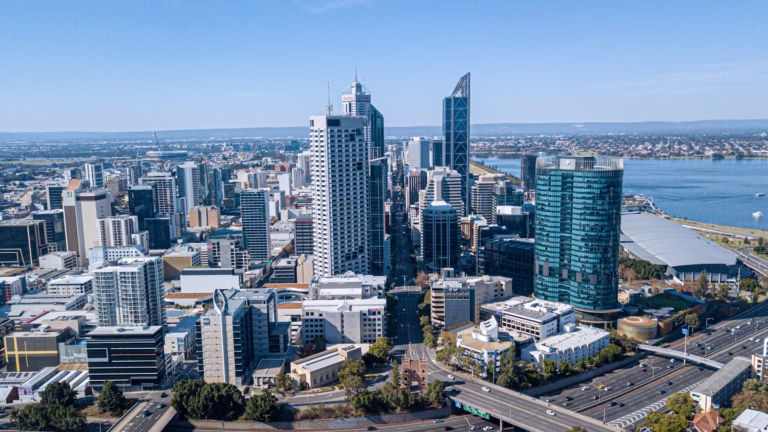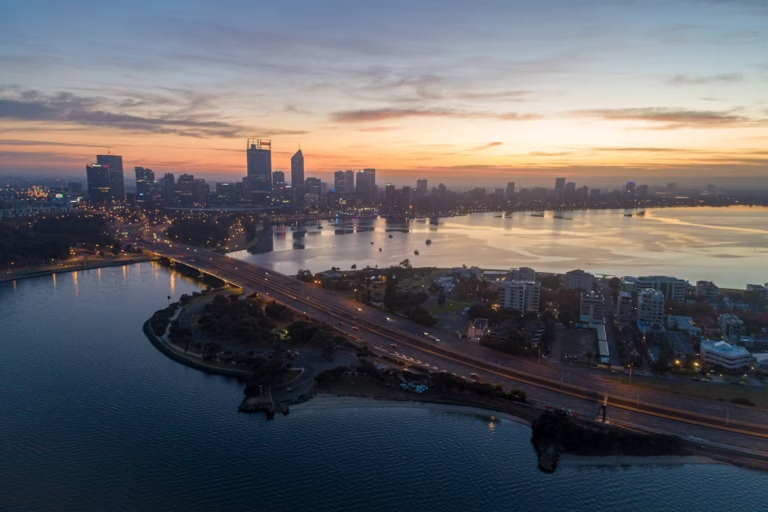Determining how many security guards your business needs isn’t as simple as choosing an arbitrary number; it requires a thorough security risk assessment. This process helps identify the specific risks your business faces, the areas that need protection, and the ideal number of guards needed to cover these risks effectively. A security guard risk assessment ensures that you have just the right amount of security personnel—enough to cover vulnerabilities without overspending.
At Smartsec Security Solutions, we specialise in conducting detailed security risk assessments that help businesses decide on the appropriate level of security staffing. In this article, we’ll explain how a risk assessment works, how it impacts your security guard requirements, and the factors that influence staffing decisions.
Why Conduct a Security Guard Risk Assessment?
A security guard risk assessment evaluates the unique risks and vulnerabilities specific to your business environment. It considers factors such as location, operational hours, foot traffic, and the nature of your industry. Conducting a thorough assessment helps determine how many guards are required to cover potential threats effectively.
Key reasons why a security guard risk assessment is essential include:
- Accurate Staffing: You avoid overstaffing or understaffing by accurately identifying risks.
- Cost Efficiency: You allocate resources effectively, hiring only as many guards as needed.
- Enhanced Safety: By covering vulnerable areas, you improve overall security and reduce potential risks.
Steps to Determine the Right Number of Security Guards
Determining how many security guards your business needs requires a structured assessment of your security needs. Here’s how a security guard risk assessment guides this process:
1. Identify and Analyse Security Risks
The first step in any risk assessment is identifying potential risks. This includes evaluating factors such as:
- Crime rates in your area: Businesses located in high-crime areas generally need a larger security presence.
- Industry-specific risks: High-value targets, like retail stores, banks, or warehouses, may require more guards to protect assets.
- Threat types: Identify specific threats such as unauthorised access, vandalism, theft, or crowd control needs.
Once risks are identified, analyse them to assess their likelihood and potential impact. This prioritisation process will help determine where security guards are needed most and what level of presence is required.
2. Determine Key Areas that Need Coverage
After assessing risks, the next step is identifying the areas within your facility that need guard coverage. This may include:
- Entry and exit points: Security guards positioned at entrances can deter unauthorised access and provide a sense of safety.
- High-value areas: Locations containing sensitive information or valuable assets often require additional monitoring.
- Parking lots and perimeter: Guard presence in outdoor areas, such as parking lots, helps prevent vandalism and vehicle-related incidents.
- High-traffic areas: Areas with a lot of activity, such as lobbies or hallways, may benefit from security patrols to monitor and control crowd movement.
Based on this analysis, you can map out key areas that require security guard coverage. This helps in determining the minimum number of guards needed to effectively monitor all vulnerable points.
3. Calculate Guard Requirements Based on Operational Hours
Operational hours play a significant role in determining guard requirements. Some businesses only need security coverage during operational hours, while others require 24/7 coverage. Consider these factors when calculating guard requirements:
- Business hours: Identify whether you need guards only during business hours or if you require night-time or weekend coverage.
- Shift patterns: If 24/7 security is needed, plan for multiple shifts. Security guards typically work in 8-hour shifts, so a business operating around the clock will need three guards per post to maintain continuous coverage.
- Peak times: Businesses that experience peak hours may need additional guards during those times to manage crowds, prevent incidents, and ensure safety.
At Smartsec Security Solutions, we work with clients to ensure their security staffing aligns with their operating hours, accounting for factors like shifts and peak times to provide full, efficient coverage.
4. Consider Guard-to-Space Ratios
While each business has unique needs, some industries have recommended guard-to-space ratios based on square footage or the nature of the space. For example:
- Retail spaces: A large retail store may need one guard for every few hundred square metres to monitor entrances, aisles, and checkout areas.
- Corporate offices: One or two guards per floor can be effective for large office buildings, with additional personnel in entry points or lobbies.
- Event venues: For events, the recommended number of guards often depends on crowd size, with one guard for every 50 to 100 attendees for effective crowd control.
A security guard risk assessment considers these ratios, balancing them with specific risks to determine how many guards are needed to monitor the space effectively.
5. Evaluate the Use of Technology for Additional Coverage
Technology such as CCTV, access control, and alarm systems can complement the work of security guards. By integrating these technologies, you may be able to reduce the number of guards needed or improve their efficiency by focusing them on key tasks.
For example:
- CCTV cameras: A security guard can monitor multiple areas remotely, reducing the need for physical presence at every location.
- Access control: Guards may be needed only at main entrances if internal doors are secured by key cards or biometric readers.
- Alarm systems: Strategically placed alarms allow guards to respond quickly to incidents without constant patrols, covering more ground with fewer personnel.
Using technology allows for strategic guard placement, maximising security effectiveness while potentially lowering the number of guards required.
6. Regularly Review and Adjust Guard Requirements
As your business grows or changes, so will your security needs. It’s essential to conduct regular reviews of your security guard risk assessment to ensure you have the appropriate number of guards. Seasonal fluctuations, expansions, or changes in risk levels (such as new crime trends in your area) may impact the number of guards needed.
At Smartsec Security Solutions, we provide ongoing support and periodic reviews to adjust guard staffing based on changing security requirements, ensuring that your business remains protected without unnecessary costs.
Benefits of a Security Guard Risk Assessment
Conducting a security guard risk assessment brings several benefits, allowing businesses
to manage security effectively while optimising costs. These benefits include:
- Right-Sized Security Staffing: Ensures your business has just the right number of guards to cover vulnerabilities without overspending.
- Improved Safety and Protection: A structured approach helps cover critical areas, reducing the risk of incidents and ensuring employees and assets remain safe.
- Cost Savings: Avoids overstaffing and reduces unnecessary expenses by aligning security staffing with real needs.
- Enhanced Efficiency: Guards are strategically positioned to maximise their impact, making the overall security system more effective.
How Smartsec Security Solutions Can Help
At Smartsec Security Solutions, we specialise in providing tailored security risk assessments that help businesses determine their ideal security guard staffing levels. Our team of experts conducts in-depth assessments to identify vulnerabilities, design effective security strategies, and recommend the right number of guards for your unique needs.
Why Choose Smartsec Security Solutions?
- Customised Assessments: We tailor each assessment to address the specific security needs and layout of your business.
- Strategic Recommendations: Our recommendations ensure optimal security coverage with efficient resource allocation.
- Ongoing Support: We provide periodic reviews to help you adapt your security guard staffing as your needs evolve.
Conclusion
Determining the number of security guards your business needs requires a thorough security guard risk assessment. By evaluating risks, identifying key areas for coverage, and considering operational factors, businesses can ensure they have the right level of security without overspending.
At Smartsec Security Solutions, we’re here to help you assess your security guard requirements, offering expert guidance on staffing decisions that protect your assets and optimise costs. Contact us today or visit our services page to learn more about how we can support your security needs.



